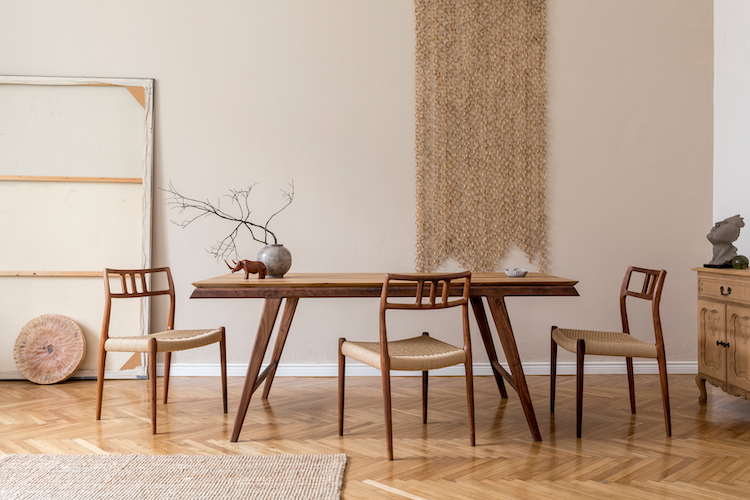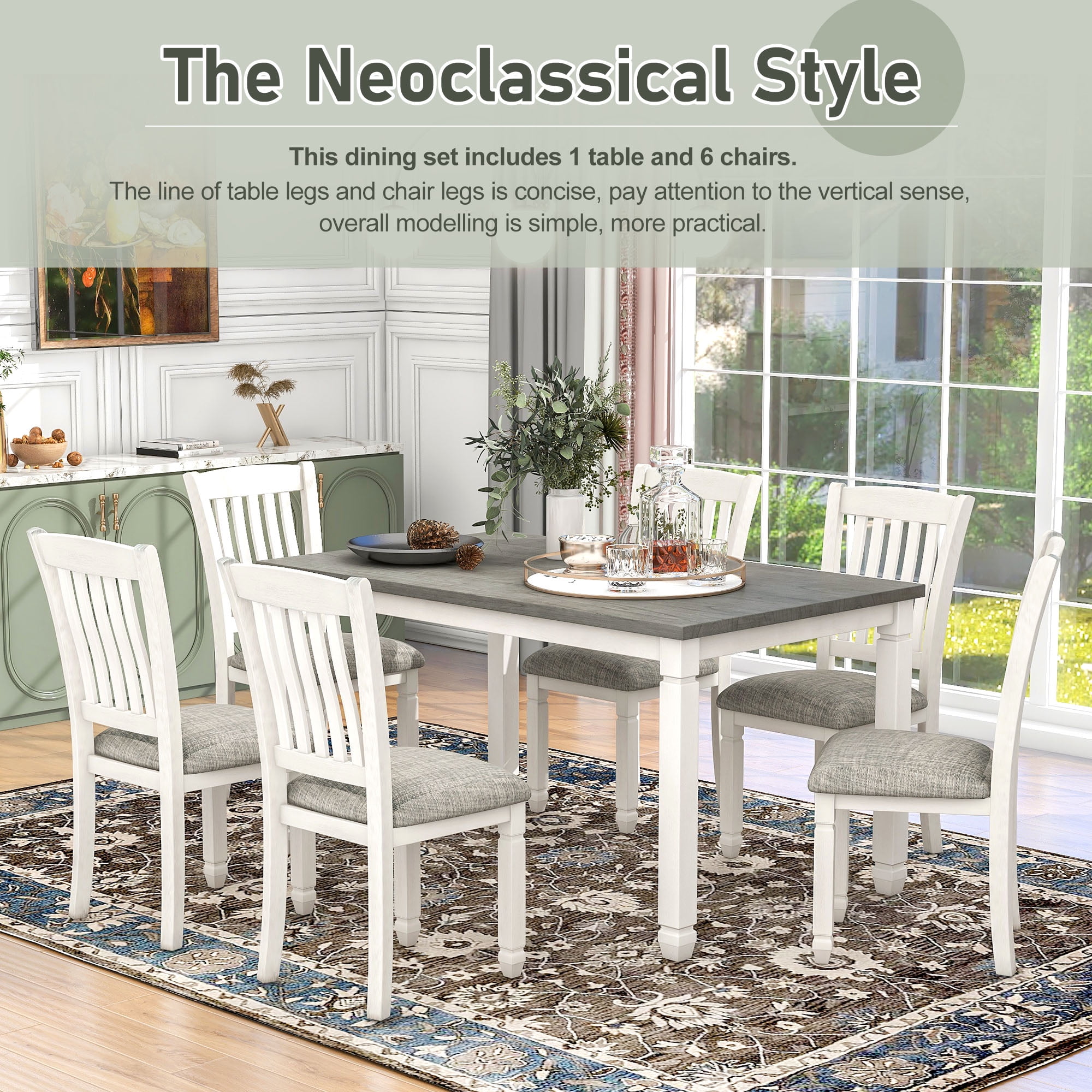From Conventional to Modern: Find the Ideal Eating Room Table Legs for Your Design
The selection of dining-room table legs plays a critical duty in defining the general personality of your space, linking the gap between typical workmanship and modern visual appeals. While classic layouts such as cabriole and transformed legs evoke a feeling of timeless class, modern styles like hairpin and geometric alternatives provide an opportunity for striking visual passion. Reviewing the best balance between these styles requires a nuanced understanding of your existing decoration and personal taste. As you take into consideration these aspects, the concern continues to be: just how can you perfectly incorporate these varied leg designs to create an unified dining experience?
Recognizing Table Leg Styles
The variety of dining-room table leg designs can significantly influence both the visual appeals and performance of the room. Each leg design contributes unique functional features and visual elements, accommodating diverse style choices and use demands. Understanding these designs is critical for selecting the ideal table that straightens with your total indoor design vision.
As an example, conical legs use a clean, timeless appearance that can enhance an area's sophistication, while pedestal bases offer security and make best use of legroom, making them ideal for smaller sized spaces. Barrette legs, a hallmark of mid-century modern layout, present a commercial style, permitting a ventilated, open feeling. Similarly, trestle legs stimulate rustic charm, giving robust assistance and a sense of eternity.
Furthermore, the selection of materials plays a substantial duty. Wood legs can bring heat and appearance, whereas steel options commonly communicate a streamlined, modern vibe. Inevitably, comprehending table leg designs is crucial for developing a cohesive dining location that shows personal style while ensuring functionality and convenience. By thoughtfully considering these components, you can boost both the functional and visual charm of your dining room.
Conventional Table Leg Options
When choosing dining-room table legs, typical options commonly personify ageless beauty and craftsmanship. These layouts mirror a rich heritage and a commitment to high quality, making them suitable for those who appreciate classic aesthetics.
One of the most renowned standard leg designs is the cabriole leg, defined by its graceful bent form. This design usually includes decorative makings and is most generally discovered in Queen Anne and Chippendale furnishings. One more popular option is the turned leg, which flaunts a series of smooth, rounded shapes that provide a classic appearance while maintaining stability.
In addition, the straight leg, while straightforward, offers a unadorned and strong structure that can mix perfectly with a variety of tabletop designs. For those attracted to ornate outlining, claw-and-ball feet legs evoke a sense of majesty and can function as a stunning centerpiece in any dining room.
Finally, stand bases, although not strictly legs, give an alternative standard alternative that enables sufficient legroom and can be wonderfully carved. Each of these traditional leg styles adds to the total setting of a dining-room, weding feature with aesthetic appeal.

Modern Table Leg Designs
Modern table leg designs offer a diverse series of styles that emphasize tidy lines and innovative materials. These layouts typically prioritize functionality while working as striking prime focus within an eating space. Minimal looks are common, with legs crafted from materials such as steel, glass, and engineered wood, which contribute to a contemporary and airy feeling.
One preferred design is the hairpin leg, identified by its slim, tapered structure that provides stability without frustrating the tabletop (dining room table legs). This style is typically found in mid-century contemporary furniture and can easily match different eating table shapes. Another pattern is using geometric forms, where legs may tackle asymmetrical or angular forms, adding aesthetic passion and a touch of artistry

Mixing Designs for One-of-a-kind Areas
Usually, homeowners look for to create special eating areas that mirror their personal style by mixing reference different style elements. This technique permits for the unification of diverse aesthetics, leading to an unified yet unique environment. Coupling a rustic wooden table with streamlined, modern metal legs can develop an appealing contrast that raises the room's general allure.
Furthermore, incorporating vintage table legs with modern tabletops can evoke a sense of background while maintaining a modern sensibility. Such combinations not only display private taste yet also motivate creative thinking, enabling house owners to curate a room that really feels both individual and inviting.
Color plays an important function in this blending procedure; picking table legs that match or contrast with the existing color design can boost visual passion. As an example, whitewashed legs can soften the daring of a dark table surface area, developing a well balanced visual.
Tips for Selecting the Right Legs
Selecting the right table legs is important for achieving both capability and aesthetic appeal in your eating area. Begin by considering the general design of your room. Conventional settings benefit from legs that feature intricate carvings or transformed styles, while modern spaces might ask for sleek, minimal designs.
Following, analyze the elevation and security of the legs. dining room table legs. Typical table vary in between 28 to 30 inches in height, so make certain the legs match this dimension for convenience. Additionally, robust materials, such as wood or metal, can boost security and long life
Examine the leg shape as well-- choices consist of straight, tapered, or stand layouts. Straight legs offer a classic look, while tapered legs can add a touch of style. Pedestal bases provide ample legroom and are suitable for smaller spaces.
Conclusion
In recap, choosing the excellent dining-room table legs needs careful consideration of both standard and contemporary styles. Conventional options such as cabriole and turned legs provide timeless beauty, while modern-day styles like barrette and geometric shapes offer a modern touch. By harmonizing leg design, height, and material with the general décor, a natural and welcoming ambience can be attained. Inevitably, the picked table legs should show the wanted visual, enhancing the eating experience within the space.
The selection of eating area table leg designs can dramatically affect both the looks and capability of the room. Ultimately, comprehending table leg designs is crucial for producing a cohesive dining location that mirrors personal design while guaranteeing practicality and convenience.One of the most renowned standard leg designs is the cabriole leg, defined by its graceful rounded shape. Straight legs offer a timeless appearance, while from this source conical legs can include a site web touch of beauty.In summary, selecting the excellent eating space table legs needs careful consideration of both traditional and contemporary designs.
Comments on “How Dining Room Table Legs Can Change the Entire Aesthetic of Your Room”